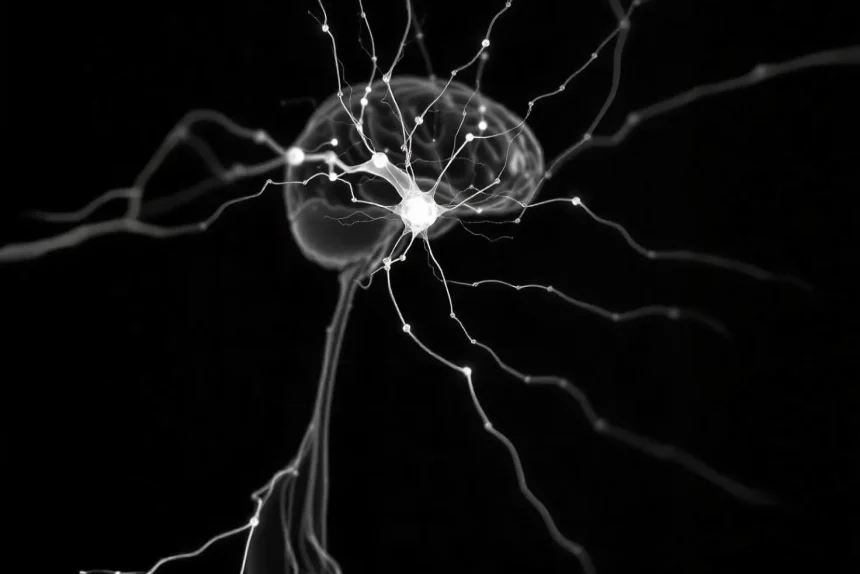Neurodevelopmental Treatment (NDT) Overview
The Neurodevelopmental Treatment (NDT), developed by Berta and Karel Bobath, is foundational in occupational therapy. The focus is on teaching the movement sensations over actual movements to facilitate control over movement sequences. By interrupting abnormal movement patterns, NDT aims to guide patients towards more skilled actions.
Key Aspects of NDT in OT
- Reflex-Inhibiting Patterns: These patterns help control muscle tone and facilitate voluntary movements. For instance, lifting a child’s head to inhibit shoulder and trunk flexor tone.
- Handling Techniques: Methodologies that influence postural tone, coordinating muscle exercises, and inhibiting undesired patterns.
- Equilibrium Reactions: Engaging patient balance responses as they evolve through developmental stages.
Proprioceptive Neuromuscular Facilitation (PNF) Patterns in Occupational Therapy
Developed by Herman Kabat, PNF patterns facilitate neuromuscular movements through proprioceptive stimulations. The approach encompasses 11 developmental principles that stimulate motor function growth.
Understanding PNF Patterns Occupational Therapy
- D1 and D2 Patterns: Diagonals used in therapy to improve coordination and motor control, such as helping stroke patients with bi-daily tasks like combing hair or fasten seat belts.
- Variations in Movement Patterns: Understanding and facilitating different bilateral patterns to achieve patient-specific goals.
Rood Approach
The Rood Approach, initiated by Margaret Rood, emphasizes the developmental progression of motor skills rooted in reflex patterns shaped by sensory input. It highlights the necessity of sequential sensorimotor control and repetition for establishing effective sensorimotor responses.
Key Techniques in the Rood Approach
- Use of sensory stimuli to normalize tone and induce desired muscular responses.
- Implementation involves techniques like slow stroking or maintained touch to elicit specific muscle reactions.
Understanding Reflex Inhibiting Patterns
Reflex inhibiting patterns are integral in stopping abnormal muscle responses, crucial in the NDT approach. These techniques help manage symptoms like spasticity by targeting specific reflex pathways.
Constraint-Induced Movement Therapy (CIMT)
Developed by Edward Taub, CIMT aims to enhance the functional use of a hemiparetic upper limb by overcoming “learned non-use” developed due to CNS injuries. This therapy leverages neuroplasticity for rehabilitation.
Models and Strategies in CIMT
- Focus on repetitive functional task practice and behavioral techniques to encourage affected limb integration into daily activities.
- Feedback is crucial; shaping method emphasizes gradual progression and specific task encouragement.
Want detailed practice tips to ace the NBCOT® exam? Join now for full access!
What is Neurodevelopmental Treatment (NDT) in occupational therapy?
Neurodevelopmental Treatment (NDT), developed by Berta and Karel Bobath, is a foundational approach in occupational therapy focusing on teaching movement sensations to control movement sequences. It uses techniques like reflex-inhibiting patterns to guide patients towards more skilled actions by interrupting abnormal movement patterns.
How does Proprioceptive Neuromuscular Facilitation (PNF) assist in occupational therapy?
PNF, developed by Herman Kabat, uses proprioceptive stimulations to facilitate neuromuscular movements. It includes principles like D1 and D2 patterns, which aid in improving coordination and motor control, helping patients with daily tasks such as combing hair or fastening seat belts.
What are the key techniques in the Rood Approach?
The Rood Approach emphasizes the developmental progression of motor skills through reflex patterns. Key techniques include using sensory stimuli to normalize muscle tone and practices like slow stroking to induce desired muscular responses.
How do reflex inhibiting patterns work in neurodevelopmental treatment?
Reflex inhibiting patterns in NDT are crucial for stopping abnormal muscle responses, such as spasticity. By targeting specific reflex pathways, these techniques help manage symptoms by controlling muscle tone and facilitating voluntary movements.
What is the aim of Constraint-Induced Movement Therapy (CIMT)?
Developed by Edward Taub, Constraint-Induced Movement Therapy aims to enhance the use of a hemiparetic limb by overcoming ‘learned non-use’ due to CNS injuries. It focuses on repetitive task practice and behavioral techniques, leveraging neuroplasticity for rehabilitation.



